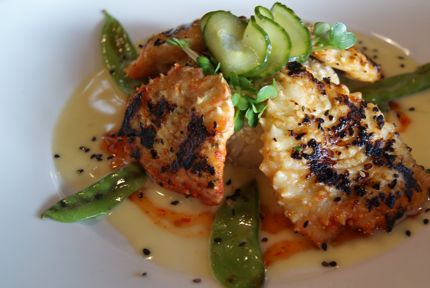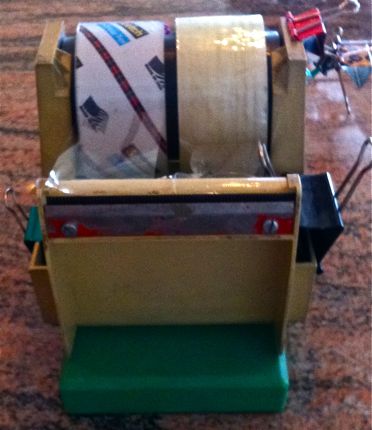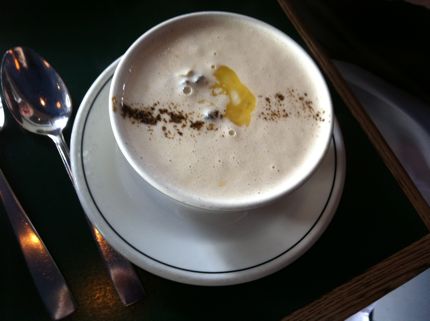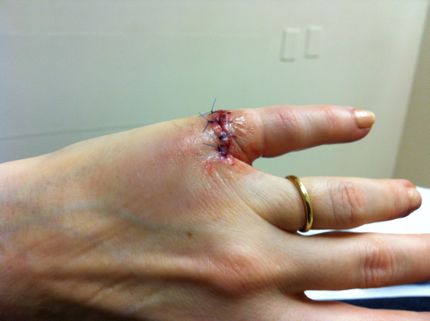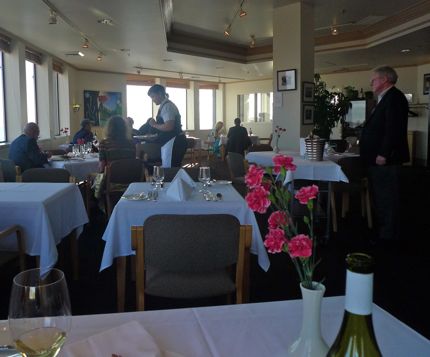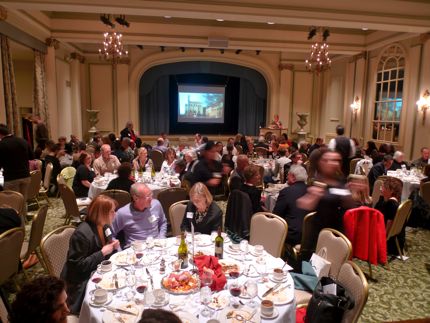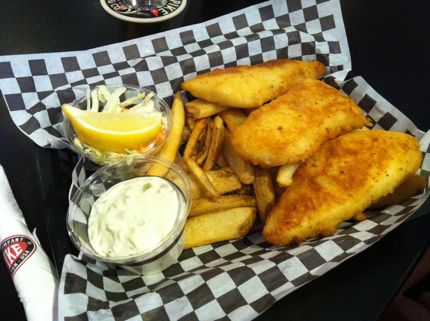Ever Heard of Alaskan King Crab Tails?
March 14, 2011
We’ve all heard of and enjoyed Alaskan king crab legs and claws. But how many of us have heard of Alaskan King crab TAILS?
I certainly hadn’t until I received a press release from the good folks at Elliott’s Oyster House & Restaurant in Seattle that informed me that although King crab tails are a rarity in restaurants, they are featured on Elliott’s Oyster House’s lunch and dinner menus this month.
Elliott’s executive chef Robert Spaulding describes the texture of crab tails as “somewhat like shrimp and the sweet taste of crab.”Although with the striated strips of flesh and mild taste, crab tails reminded me more of a cross between skate and monkfish.
A quick Google search turned up the following description of where crab tails actually come from: “King crabs have ‘tails,’ or abdomens, that are distinctive, being fan-shaped and tucked underneath the rear of the shell. Female king crab’s abdomen or ‘tail’ is very wide, covering a portion of each basal leg segment. Embryos are brooded under this tail on adults. Male king crabs have triangular shaped ‘tails’ which are only one third the size of females.”
In chef Robert’s preparation, which is served as an appetizer, three meaty crab-tail medallions are marinated with chili sauce, garlic, and shallots. They are then expertly grilled, with the perfect amount of char around the edges. Served with Jicama-Chayote Slaw and Chili-Lime Beurre-Blanc sauce, the Spicy Grilled King Crab Medallions, the generous serving (which was plenty for my entrée) is a steal at just $13.
And the good news is that “the tails are available as long as the frozen stock lasts, often into late summer or early fall,” according to chef Robert. “Fresh are generally not available as they are taken off at the processing plants and frozen.”
Cheers to today’s lesson in Northwest seafood!

